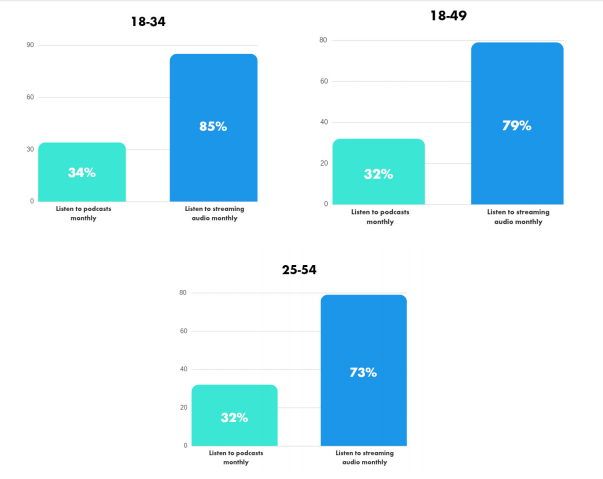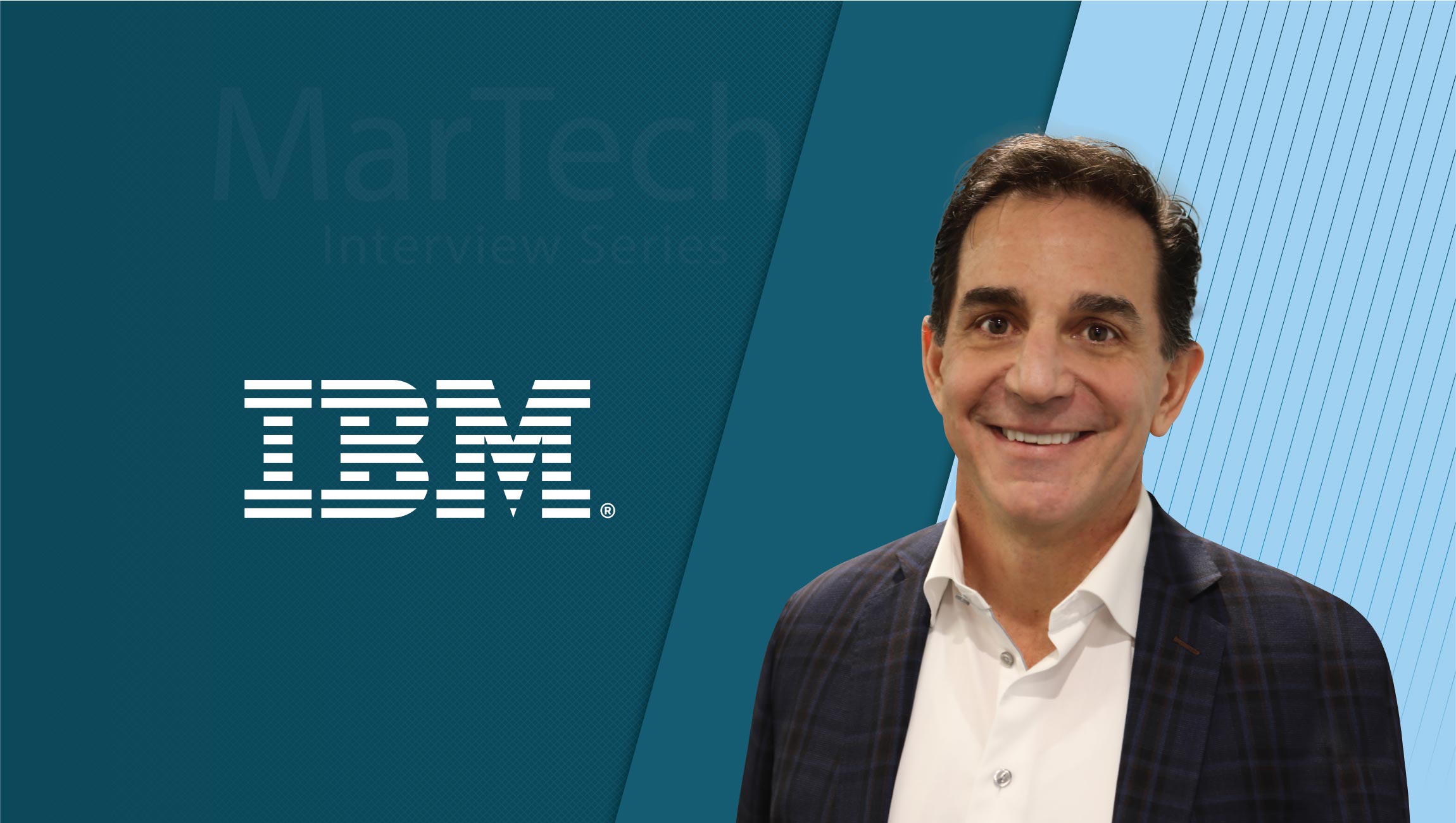The IoT allows more and more consumers to have an online presence almost 24/7 via devices: smartphones, tablets, smart boxes and sticks, smart speakers, watches — you name it. These developments open new opportunities for companies to reach and engage with their customers. Advertisers who opt for programmatic ads level up their marketing game in targeting various types of audiences. However, in 2020, it’s not just the programmatic that matters, but the type of content you choose — visual ads alone are no longer enough to build a consistent marketing strategy.
Meet the new medium that will gain momentum this year — audio programmatic, a screenless link between a brand and a potential consumer. Facts hit right away: the US audio ad spendings grew by 30% in the first half of 2019 to $1.2bn, according to the Interactive Advertising Bureau (IAB) review. As far as the ad traffic goes, the audience for audio ads was 191.6 million last year (according to a Statista study).
Programmatic Audio Ad Formats
Audio programmatic advertising works on the same principles as the video ads — you configure the ad campaign parameters to target a particular audience. From then on, it’s a matter of format that fits your goals best. Here are the most popular audio ad formats.
- Linear Audio Ads. These types of audio ads have three basic placings: Pre-Roll, Mid-Roll, Post-Roll. Audio unit can appear before or after an audio stream (podcast, track, etc.), as well as during a streaming section.
- Companion Display Ads. Static banners with a logo and a CTA. Viewers may click it throughout an audio ad track.
- Audio Ad Pods. A one-by-one set of linear ads.
- Skippable Ads. Pre-roll and mid-roll ads in an audio file that viewers may skip. The main goal is to study the user’s behavior and content interests.
Read More: Malvertising: How It Ruins a User’s Day, and Destroys Their Trust in Digital Advertising
How Audio Ads Work
IAB developed DAAST (Digital Audio Ad Serving Template), which provides general audio ad specs and reporting capabilities. Due to optimization reasons, DAAST standard was integrated into the VAST 4.1 (Video Ad Serving Template). Here’s a detailed infographic on how DAAST works:

Image source: IAB
How To Launch Audio Ads
Just like in standard programmatic advertising, to launch a campaign you need to connect to a demand-side platform that supports such format. When you log in into your account, you set where you want your ad to be played (podcast, streaming music, or digital broadcasting), the type of ad (linear, ad pods, etc.), placing options (Pre-Roll, Mid-Roll, Post-Roll), and of course — targeting options. As for the last one, it’s probably the main option that differs from one provider to another, as they have a different amount of SSPs where they can deliver your ad.
Read More: How Adding Audio Advertising to Your Channels Will Mute the Competition
5 Reasons To Include Audio Ads Into Your 2020 Marketing Strategy
Much like video ads, programmatic audio ads can offer a number of benefits that will make it a universally acclaimed tool for advertisers in 2020. Utilizing the best of the video programmatic features, it adds extra ones like the ability to reach out to consumers where other ad channels are helpless. For example, Millennials and Centennials are the main audio consumers. Hence, your brand can use the audio channel to boost ad engagement and reach for these demographics.

Image source: IAB Digital-Audio-Buyer’s-Guide
1. Easy-To-Track
Programmatic audio ads may sound perplexing for marketers who are more into video marketing. However, you can track the effectiveness of audio just like you would for the visual content. You can analyze and measure campaigns with the following metrics to nail marketing tactic and strategy:
- Impressions — ad tagging, will help you track and verify launches through music-stream platforms and audio podcasts. While you can choose any part of the audio unit to place the ad tag, it’s highly recommended to set them at the end.
- Downloaded programs — the client player has to send ad data back to the source to track these metrics. As this feature is not available in some of the popular apps (e.g. Apple Podcast) — IAB prepared a standalone document IAB Podcast Metric Guidelines v2 that describes new standards for reviewing server logs pursuant to concreted key metrics for certain attribution.
- Results — you can easily track campaign results for native ads, voice-activated ads and companion ads.
- Independent Research — you can engage third-party verification vendors to analyze programmatic audio ad campaigns and improve your advertising strategy.
2. Hyperlocal targeting for SMBs
Much like the video hyperlocal targeting, with the help of audio programmatic, you can now set up a radius (min. 100 meters) where your message will engage with the devices of your target audience. This appears to be highly effective for small and medium businesses like retail stores, coffee rooms and bars — whenever people pass by, they receive a relevant voice ad that invites them. Use discounts or any promotional tools to lure the clients in.
3. Effective when visual ads are helpless
How to reach customers, when they drive or jog, or listen to their favorite podcasts in their cozy houses? Audio ads can reach these customers where video ads fail to, delivering impressions without any visual contact. The audio ad is at its best when it comes to paving the way for the advertiser when the only channel is the ears of listeners.
4. Cost-efficient
Audio advertising is traditionally less costly to produce than visual ad units. Programmatic took it to another level, offering advertisers a variety of platforms (programmatic audio ads contribute almost 25% of the total Spotify’s revenue) with precise targeting and personalized experience. According to Paul Cocks (EMEA product strategy lead at Google), the results for their 2018 campaign with Nestle and Zenith proved how progressive and attractive the audio programmatic is in terms of cost. Even though the proportion of audio for the campaign was 30% of the budget, it reflected 51% of the reach.
5. High customer engagement rate
The obvious benefits advertisers get when opting for audio programmatic ads in their strategies are stunning engagement and listen-through rates. For instance, linear audio ads are not easily skippable, they don’t overwhelm (listeners hear one ad at a time and it doesn’t require any interface interaction). Furthermore, Nielsen Media Lab claims audio ads have a 24% higher recall rate than traditional display ads. According to the Midroll Media Report, 60% of podcast listeners made a purchase after listening to a podcast audio ad.
Programmatic audio advertising is a progressive source of monetization for publishers and a cost-effective tool for advertisers who strive to reach their target audience where visual channels fail. All of this makes programmatic audio a must-have for your 2020 marketing strategy.
Read More: 8 Cybersecurity Risks in Android’s VoIP Components






